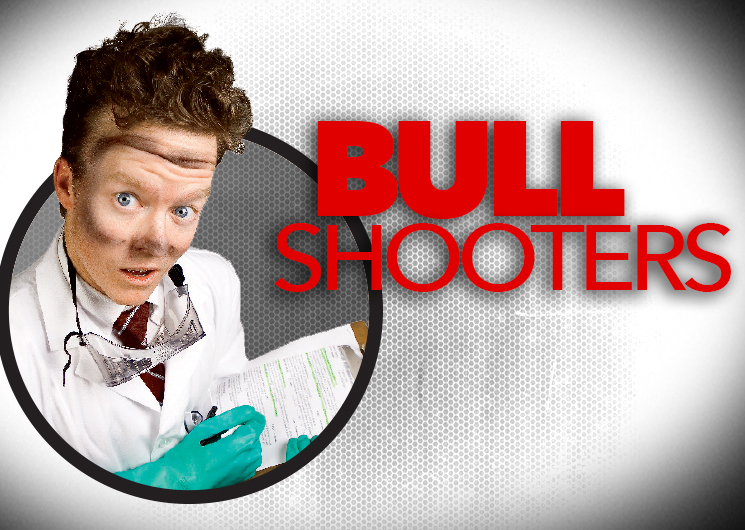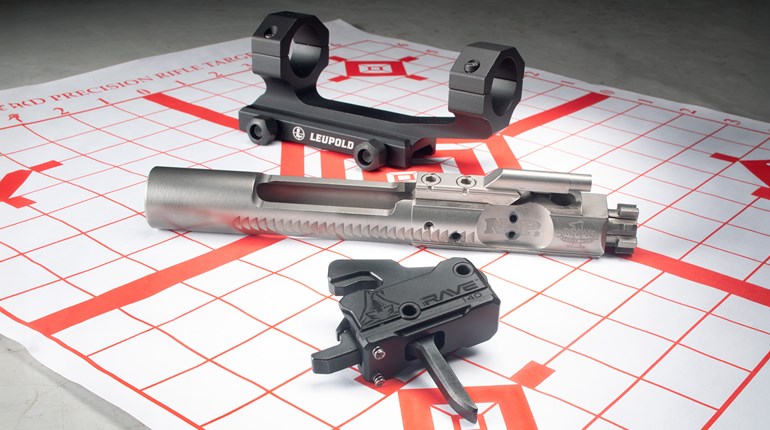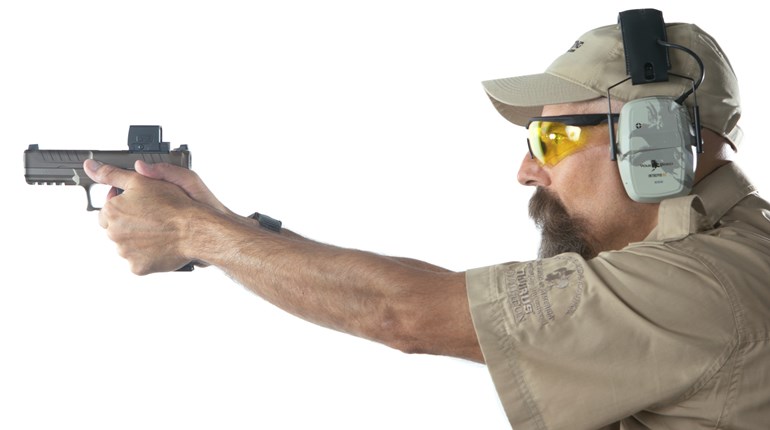
We don’t always set out to make a discovery or bust a myth, sometimes it just happens. This one applies to several categories: scope magnification, rifle weight, handloads vs. factory ammo and custom vs. factory barrels. I guess we can break it down and say “Is a 9-pound custom rifle with a handloaded ammo, a 12x target scope, and a custom barrel more accurate than a 6-pound rifle shooting factory ammo with a 6x scope and a factory barrel?”
The Background
With the barrel broken-in and a bunch of brass fire-formed, it was time to do some load development for my .280 Ackley. Using .280 AI data from Hodgdon and Nosler, as well as some of my own data developed over the past decade, I loaded a selection to try out. With my own data, I started with max .280 Rem. data and slowly worked up, constantly looking for pressure signs.
The Gear
H-4831, RL-22 and especially N-165 have always been winners for me with this cartridge so they were my starting point. I used 120 ballistic tips because I had some around and Nosler had data for them, and 140 TTSXs because they are what I’d most likely use on game. I mounted the 12x Leupold target scope that I use for all of my rifle testing because it’s a great scope that I can depend on for consistent results. As an afterthought, I grabbed my Remington 700 Titanium in .270 so I’d have something to shoot while the barrel cooled; I’d been meaning to shoot it on paper for a while (I initially got it zeroed on steel and took two does with it last winter). It was a factory rifle that I bought used and did some minor customization on: PT&G triggerguard and bold shroud to save weight, McMillan Hunter’s Edge stock, and bedding and Cerakoating by Karl Feldkamp. With a Leupold 6x42mm in Talley lightweight rings, this rifle weighs in at only 6 pounds and 4 ounces. With the wind at less than 3 mph, I grabbed some ammo from Barnes and DOUBLETAP and went shooting.
The Results
More than a dozen groups of various bullet and powder combinations out of the .280 AI gave some promising, yet slightly disappointing results. Inconsistent 3 and 5-shot groups varied from .63” to 1.5,” which means I’m on the right track but I have some more work to do at the loading bench. I know that this rifle can do better; this isn’t a “good enough” setup.
In-between groups with the heavier gun, I shot some groups with the lightweight .270. After using the fine crosshairs of the target scope, the reticle of the 6x42 looked like I was sighting with telephone poles and with less magnification, I couldn’t see the target as well. When I walked downrange to check my target, and was greeted by a group after group of little cloverleaves. The 130 gr. Accubond load from DOUBLETAP produced 3-shot groups from .37” to .68” and the 130 gr. TTX load from Barnes ranged from .50” to .77”. So much for all of the “disadvantages”, it was kind of like watching a little nerdy kid beat the tar out of the neighborhood bully on the playground.
The Ruling
Calm down, Poindexter, I know this isn’t scientific—like I said, I didn’t set out to prove or disprove a theory. There are too many variables in this to make it “prove” anything; the only constants were the shooter, the range conditions, the make of the optics and the model of the rifles’ actions. Still we did establish that lightweight rifles, medium power optics, factory barrels, and quality factory ammunition CAN be capable of raw accuracy suitable for any hunting scenario you’re likely to encounter. Likewise, custom barrels, big glass, and handloads don’t automatically equal bug hole groups. Guess which rifle I’m taking up the mountain this fall?
When this is your tree stand, weight matters.







































